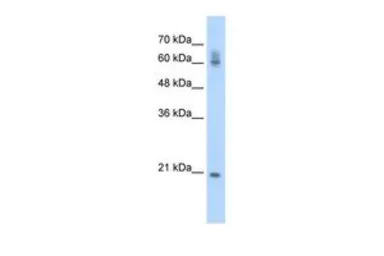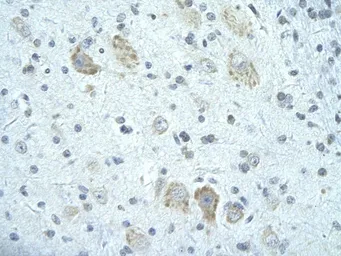FIP1L1 antibody, C-term
Cat. No. GTX47245
Cat. No. GTX47245
-
HostRabbit
-
ClonalityPolyclonal
-
IsotypeIgG
-
ApplicationsWB IHC-P
-
ReactivityHuman

